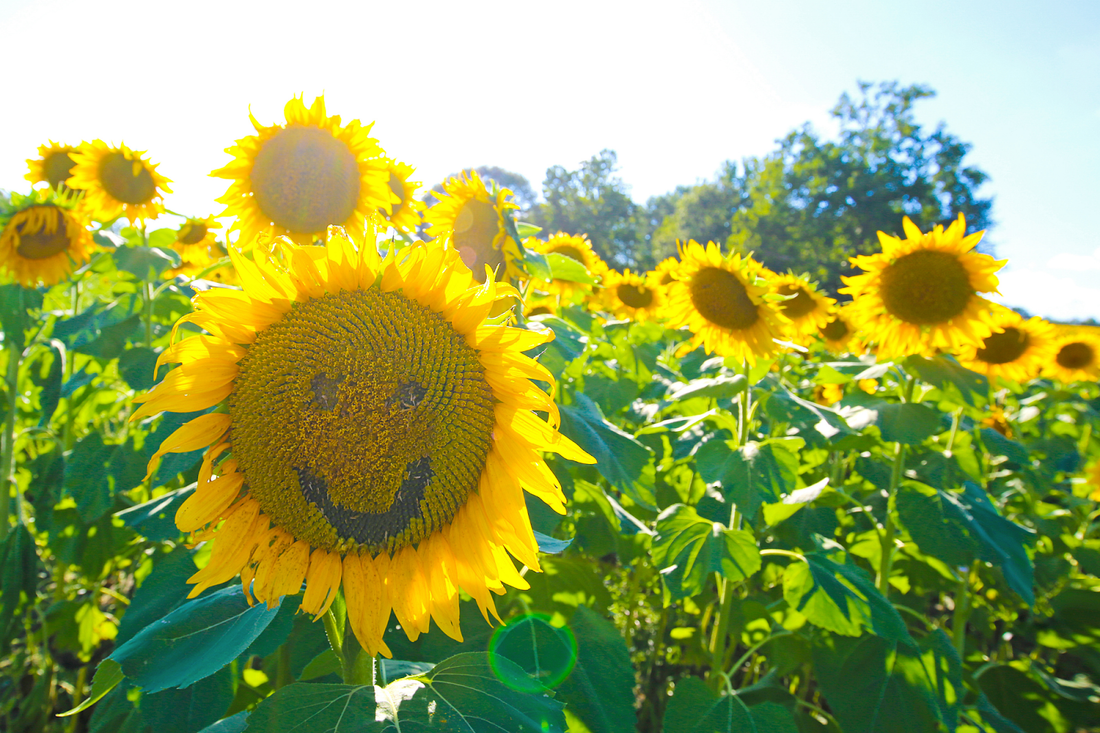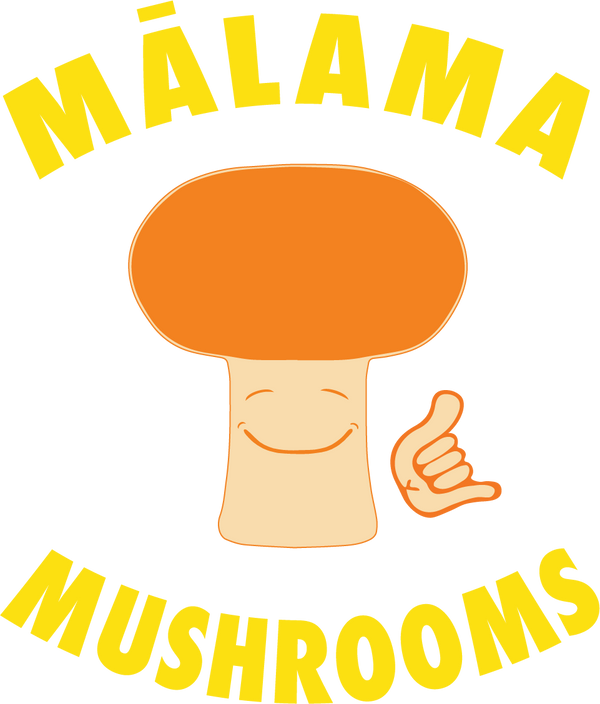
5 Healthy Vitamin D Foods For Vegetarians and Vegans
Share
5 Healthy Vitamin D Foods For Vegetarians and Vegan
Finding suitable vitamin D foods for vegetarians and vegans can be challenging. After all, many foods high in the sun vitamin come from meat and other animal sources.
Even if you aren’t vegetarian or vegan, getting enough vitamin D can be a struggle. Studies show that 40% of Americans are deficient in the nutrient. (1) This is largely due to our modern lifestyle of staying indoors, eating a low-nutrient diet, and wearing sunscreen.
Does this mean you should stop wearing sunscreen? Not at all! There are plenty of other suitable vitamin d foods for vegetarians and vegans. Below we’ve listed the benefits of vitamin D, dosing, and 5 vegetarian foods high in vitamin D. Most work for vegan diets as well.
Why Do We Need Vitamin D?
Vitamin D has the important job of helping your body absorb calcium and phosphorus from the food you eat. Both of these nutrients are essential for preserving the health of your bones, teeth, and muscles. People who lack vitamin D have a higher risk of developing weak or brittle bones. (2)
Vitamin D also plays a role in keeping your immune system strong. Vitamin D deficiencies are linked to higher infections and autoimmune disorders. (3) It also plays a role in regulating your mood. Studies show that low vitamin D is associated with a higher risk of depression. (4) It can even interfere with your sex drive. (5)
People who have a vitamin D deficiency often have no symptoms. But some people may experience...
- Weakened Immune System (3)
- Slow Wound Healing (3)
- Depression (4)
- Fatigue (6)
- Weak Bones (2,6)
- Muscle Pain (6)
- Low Sex Drive (5)
- Hair Loss (7)
How Much Vitamin D Should I Take?
It’s clear that vitamin D is crucial for staying healthy and feeling your best. So the question is, how much vitamin D do you need?
The amount of vitamin D you need depends on your age, gender, and exposure to sunlight. 400 to 800 IU or 10 to 20 micrograms is recommended for most people. (8) If you’re not getting enough sunlight, you may need up to 1,000 IU.(9)
Here’s the daily recommendation by age…(8)
- 0-12 Months: 400 IU
- 1-13 Years: 600 IU
- 14-70 Years: 600 IU
- 70+ Years: 800 IU
For people over the age of 9, it’s generally safe to take up to 4,000 IU per day. (2) Taking too much vitamin D can cause unfavorable side effects such as nausea, vomiting, constipation, and weakness. (8)
Many foods high in vitamin D, such as fish, liver, and shellfish, aren’t vegetarian or vegan friendly. Finding suitable vitamin D foods for vegetarians and vegans can be challenging, but not impossible. To make it easier for you to get the nutrients you need, here are 5 great sources of vitamin D foods for vegetarians. Most of which, are suitable for vegans too.

1. Sunlight
Though it’s technically not food, sunshine is possibly the best source of vitamin D for vegetarians, vegans, and omnivores alike. Soaking up the sun for about 10 to 30 minutes three times a week is plenty for most people. Although, if you have a darker complexion you may need more time in the sun to produce enough of the vitamin. (8)
Here on the Big Island, it’s not difficult to achieve this level of direct sun exposure. But in other geographical locations and climates, it might not be practical. Other variables such as overcast, time of day, season, smog, and sunscreen use can also interfere with your skin’s ability to produce vitamin D. (8)
Additionally, excess sun exposure can damage your skin, cause sunburn, and increase your risk of skin cancer. Therefore it’s best not to rely on sunshine as your only source of vitamin D. (8)

2. Mushrooms
Mushrooms have the incredible ability to produce vitamin D when they’re exposed to UV light. This makes them the only plant source with an ample amount of vitamin D. (8,10,11,12)
3.5 ounces of wild mushrooms or farmed mushrooms exposed to artificial UV light can contain between 154 and 1,136 IU of vitamin D. (13,14,15,16) They’re also able to preserve their vitamin D content throughout their shelf life. (17,18)
Unfortunately, most mushrooms you find at the grocery store are grown in the dark and contain little vitamin D. But, there are a couple of ways you can combat this issue.
First, check the label on the mushroom packaging to verify its vitamin D content. You can also check your local health food stores or farmer’s markets for wild mushrooms.
Second, you can leave your fresh mushrooms in the sun so they can generate more vitamin D. It sounds crazy, but mushrooms can create vitamin D even after they’re harvested. Studies show that leaving mushrooms in the sun for 15 minutes can produce an excess of 40 to 1,280 IU of vitamin D. (19)
Keep in mind that overcast, climate, season, and smog can affect how long it takes for mushrooms to generate more vitamin D. Also, different types of mushrooms produce vitamin D at different rates. For instance, oyster mushrooms have been shown to produce vitamin D faster than shiitake mushrooms with the same UV exposure. (19)
If you’re able, exposing mushrooms to a UV lamp is the most efficient way to produce relevant amounts of vitamin D. When exposed to UV-B light for 60 minutes, oyster mushrooms can produce up to 5,600 IU of vitamin D. (19)

3. Egg Yolks
If you’re a vegetarian, whole eggs can be a fantastic source of vitamin D as well as many other nutrients. While the egg white contains most of its protein, most of its fat, minerals, and vitamins are found in the yolk. Including vitamin D.
Your average egg yolk contains 44 IU of vitamin D. (8) Although the chickens’ diet and access to the outdoors largely influence the exact amount. For instance, pasture-raised chickens who are allowed to roam in the sunshine produce eggs with levels 3 to 4 times higher. Even when they’re given the same feed as chickens kept inside. (20)
Chickens fed vitamin D-enriched feed can pack up to 6,000 IU of vitamin D per yolk. That’s 7 times the daily value!
To know how much vitamin D is in your eggs, be sure to check the label on the packaging. Free-range and organic eggs tend to be higher in vitamin D as well. (21)

4. Fortified Foods
Even if you're not vegetarian or vegan, natural food sources of vitamin D are limited. Fortunately, a variety of food products are fortified with it. Some of these foods include:
Fortified foods can be a great way to get the necessary vitamin D you need in your diet. Though the amount of vitamin D each food product contains can widely vary. Therefore it is important to check the nutrition label to see how much vitamin D it contains.

5. Supplements
Supplements can be a reliable way to make sure you’re getting enough vitamin D in your diet. Keep in mind that some supplements are made with non-vegetarian-friendly ingredients such as gelatin. Be sure to read the label to be sure.
Vitamin D is fat-soluble. Therefore, taking supplements with fatty foods can help increase absorption. In one study, those that took a vitamin D supplement after eating a high-fat meal had 32% higher levels of the vitamin than the control group. (26)
Feel Your Best With Vitamin D
Getting enough vitamin D can be a challenge. Especially if you need to find vitamin D foods for vegetarians and vegans.
If you eat a plant-based diet, you can still get enough vitamin D without giving up sunscreen. Simply adding more mushrooms into your diet can be a good place to start. You can even sunbathe with your ‘shrooms so you can generate more vitamin D together!
What’s your favorite way to get more vitamin D in your diet? Tell us in the comments below!
Sources:
- https://pubmed.ncbi.nlm.nih.gov/21310306/
- https://ods.od.nih.gov/factsheets/VitaminD-Consumer/
- https://www.ncbi.nlm.nih.gov/pmc/articles/PMC3166406/
- https://pubmed.ncbi.nlm.nih.gov/23377209/
- https://pubmed.ncbi.nlm.nih.gov/29442353/#:~:text=Vitamin%20D%20improved%20sexual%20desire,women%20with%20vitamin%20D%20deficiency.
- https://www.ncbi.nlm.nih.gov/books/NBK532266/
- https://www.ncbi.nlm.nih.gov/pmc/articles/PMC6380979/
- https://ods.od.nih.gov/factsheets/VitaminD-HealthProfessional/
- https://pubmed.ncbi.nlm.nih.gov/21310306/
- https://pubmed.ncbi.nlm.nih.gov/21736377/
- https://pubmed.ncbi.nlm.nih.gov/22132934/
- https://pubmed.ncbi.nlm.nih.gov/23485617/
- https://fdc.nal.usda.gov/fdc-app.html#/food-details/168436/nutrients
- https://fdc.nal.usda.gov/fdc-app.html#/food-details/169403/nutrients
- https://fdc.nal.usda.gov/fdc-app.html#/food-details/169376/nutrients
- https://fdc.nal.usda.gov/fdc-app.html#/food-details/170143/nutrients
- https://pubmed.ncbi.nlm.nih.gov/18522400/
- https://pubmed.ncbi.nlm.nih.gov/21540874/
- https://www.ncbi.nlm.nih.gov/pmc/articles/PMC6213178/
- https://pubmed.ncbi.nlm.nih.gov/24607306/
- https://pubmed.ncbi.nlm.nih.gov/23331294/
- https://www.health.harvard.edu/staying-healthy/should-i-drink-orange-juice-with-added-calcium-and-vitamin-d#:~:text=A.,to%20each%208%2Dounce%20serving.
- https://pubmed.ncbi.nlm.nih.gov/12791627/
- https://fdc.nal.usda.gov/fdc-app.html#/food-details/173889/nutrients
- https://fdc.nal.usda.gov/fdc-app.html#/food-details/343822/nutrients
- https://pubmed.ncbi.nlm.nih.gov/25441954/
